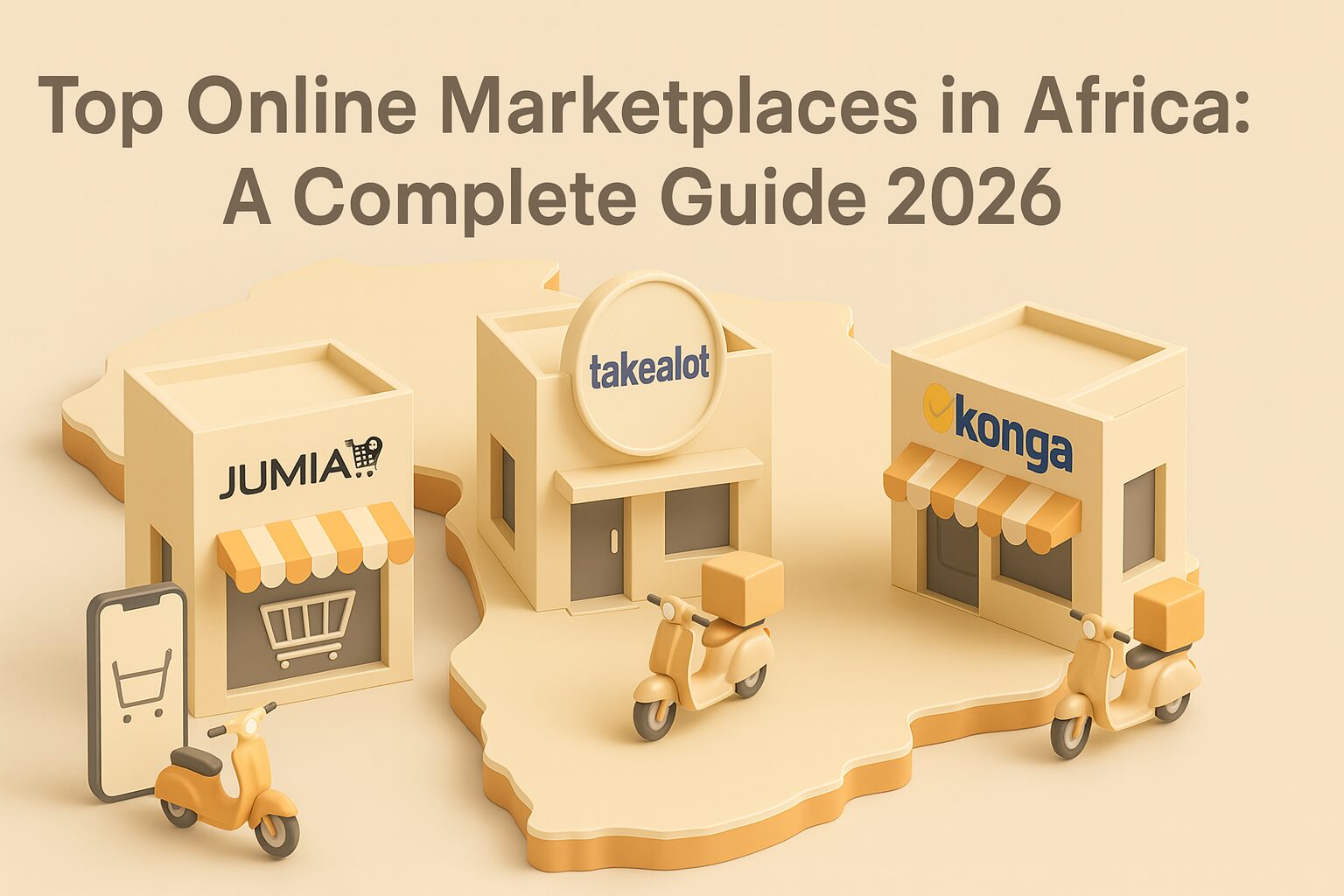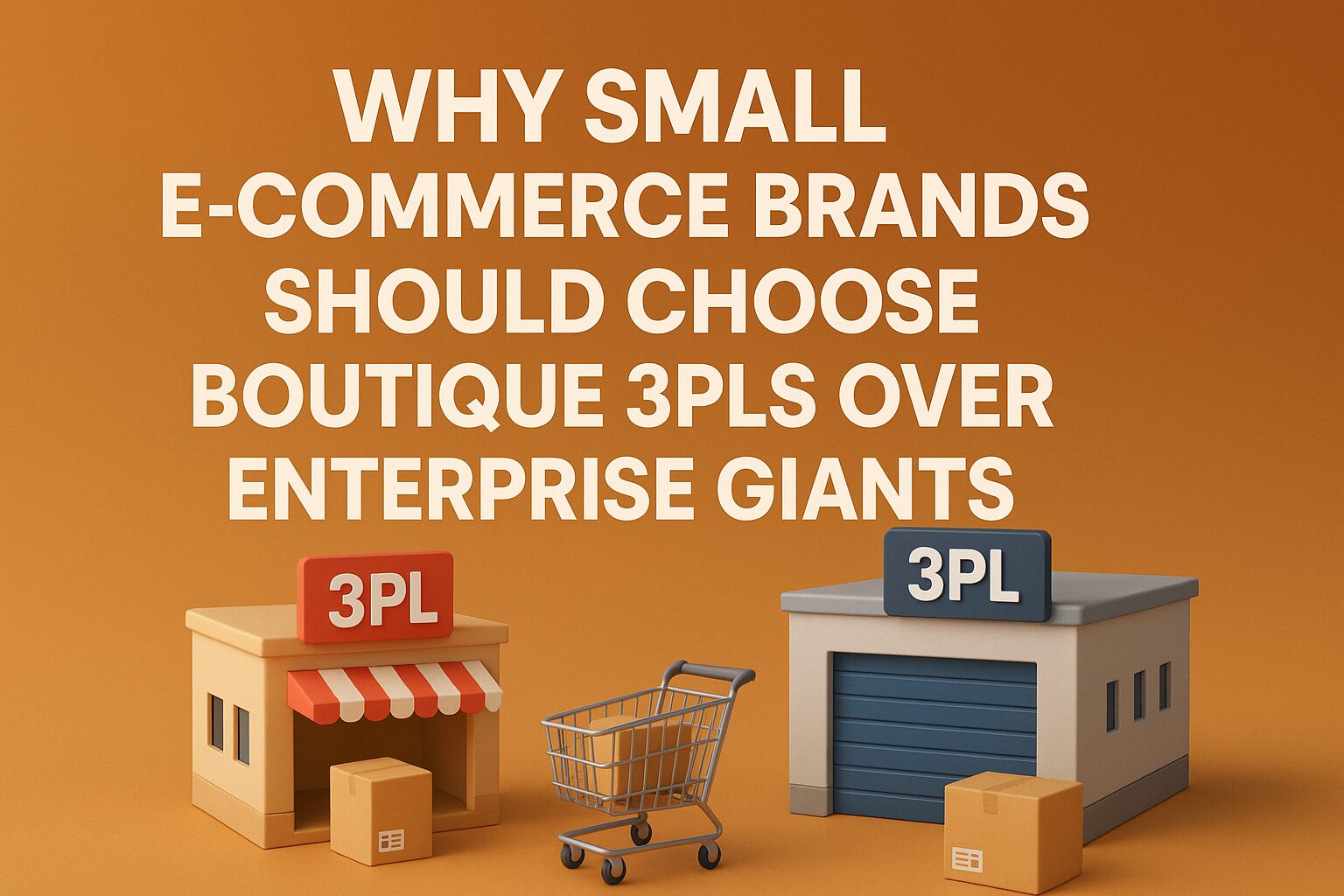What is the meaning of ShipStation?
ShipStation is a powerful, cloud-based shipping and order fulfillment platform designed to help ecommerce retailers manage and automate their shipping processes. It integrates with major ecommerce platforms, marketplaces, and carriers, allowing merchants to process, ship, and track orders efficiently from one centralized dashboard.
What does ShipStation do?
ShipStation simplifies the end-to-end shipping workflow by offering tools to:
- Import orders automatically from multiple sales channels
- Compare shipping rates across multiple carriers like USPS, UPS, FedEx, DHL, and others
- Create and print shipping labels in bulk
- Track shipments and send branded notifications to customers
- Manage returns through a self-service branded portal
It’s built to save time, reduce manual data entry, and optimize shipping costs for growing ecommerce operations.
Which platforms and carriers does ShipStation integrate with?
ShipStation integrates with over 100 ecommerce tools and carriers. Examples include:
- Ecommerce platforms: Shopify, WooCommerce, BigCommerce, Wix, Magento, Squarespace
- Marketplaces: Amazon, eBay, Etsy, Walmart Marketplace
- Shipping carriers: USPS, UPS, FedEx, DHL Express, Royal Mail, Canada Post
- ERP and inventory tools: QuickBooks, NetSuite, ChannelAdvisor, Skubana
This makes it a flexible hub for merchants selling across multiple channels.
Why is ShipStation useful for ecommerce businesses?
ShipStation is especially useful for multi-channel ecommerce sellers because it:
- Centralizes shipping workflows: Manage all orders in one place, regardless of source
- Reduces fulfillment time: Batch label printing and shipping rules speed up operations
- Improves customer experience: With automated tracking emails and branded shipping labels
- Lowers costs: Access to discounted shipping rates and rate comparison tools
It’s ideal for small to mid-sized businesses scaling their logistics capabilities.
What are ShipStation’s key features?
Some standout features include:
- Shipping automation rules: Automatically apply carrier, service, or packaging based on criteria like weight or destination
- Branded tracking pages: Keep customers informed in a consistent brand environment
- Mobile app: Manage shipping operations on the go
- Batch shipping: Process hundreds of labels in just a few clicks
- Customizable packing slips: Enhance post-purchase branding
The platform is designed to make high-volume shipping operations smooth and error-free.
How much does ShipStation cost?
ShipStation offers several pricing tiers based on order volume, starting with a basic plan for smaller businesses. As of 2024, plans start at around $9.99/month for up to 50 shipments and can scale up to enterprise-level solutions. Each plan includes core features like automation rules, branded labels, and access to carrier discounts.
Can you give an example of ShipStation in action?
An online home décor store sells on both Shopify and Etsy. ShipStation automatically pulls in orders from both channels and applies shipping presets based on order weight. It generates USPS and UPS labels in bulk and sends tracking emails with branded templates. The seller saves hours per day and significantly reduces fulfillment errors.
How does Waredock support businesses using ShipStation?
Waredock supports ShipStation-connected businesses by offering integrated warehousing and fulfillment services across Europe. Merchants using ShipStation can connect their store to Waredock’s backend to automatically route orders to the nearest fulfillment center, reducing shipping times and costs. Waredock enables efficient pick, pack, and ship workflows using ShipStation’s labels and tracking tools—ideal for ecommerce brands looking to scale logistics without losing visibility or control.



